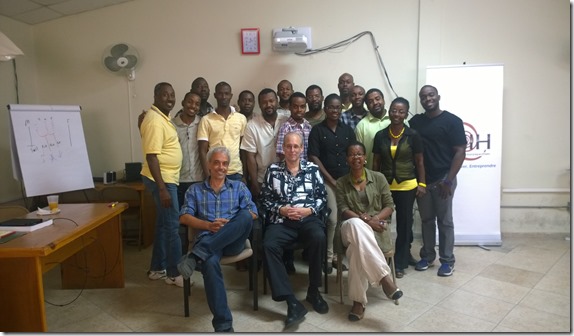With Windows 10 being released on July 29, 2015 I have agreed to do some end user talks on what new with Windows 10
I will be covering;
- Upgrade paths
- New Interfaces
- New browser Edge
- New way to logion (Microsoft Hello)
- Changes to security
- Different Versions of Windows
- Universal Apps
- And other topics
The dates for the first few talk and locations are
Aug. 4, DACS – Danbury Area Computer Society 7pm at
Danbury Hospital Creasy Auditorium, Danbury, CT Website
Aug 6 WPCUG – Westchester PC User Group 7pm at
120 Bloomingdale Rd 1st floor, White Plains NY 10605 Website
Aug 27 TPCUG PC Users Group of Connecticut 7pm at
Trumbull Public Library on Quality Street in Trumbull, CT Website




